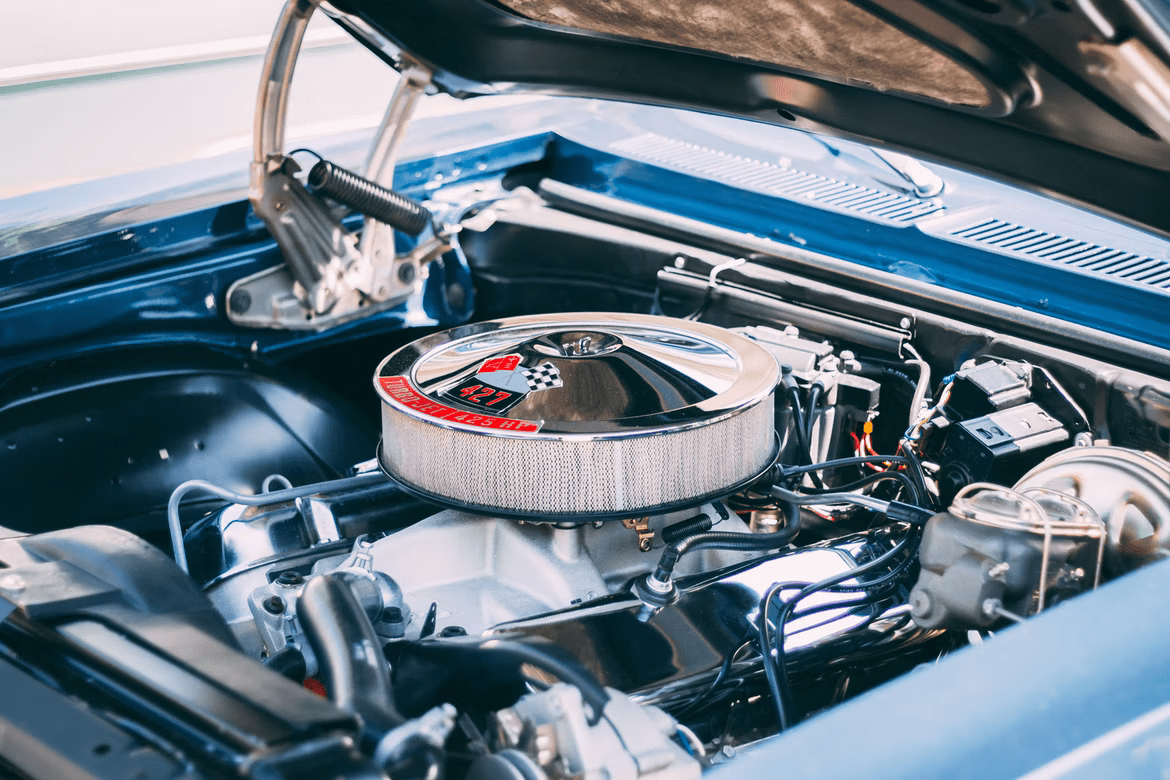You may be considering restoring a historic automobile for the first time if you are a classic car enthusiast. Even if you’ve heard about others doing it and have wanted to do it for a long period of time, you might be confused about where to begin. Naturally, each historic automobile restoration effort is unique. Restoring an automobile may be as difficult as solving a 1000-piece puzzle while blindfolded or as simple as putting together a few Lego parts.
We can state with certainty that it will take some time and patience. To restore a car properly, you’ll need to plan ahead, conduct extensive research, establish a timeframe, and decide whether you’ll do everything yourself or hire experts. Here are some useful tips.
Make a Plan
The most crucial aspect in restoring a classic car is devising a strategy. This will offer you a clear picture of the entire process, including how much it will cost, how long it will take, and how you will complete it. It’s a fantastic opportunity to visualize your finished work and create goals for how you’ll get there.
What is your budget? Calculate how much you’d like to spend on the total project, then divide it into how much you want to spend on each area of the automobile. Set aside a little extra money in case there are any blunders or unanticipated occurrences. It’s crucial not to skimp on specific elements since the quality of those parts will have a big impact on the end result, especially if you’re selling a car.
Also, if you are restoring a car on your own, you’ll need to plan out where you can keep it, which way it faces for simple access, and where you’ll place all of its pieces once it’s been dismantled because it’ll be sitting in one area for a long time. Setting up two different spaces, one for mechanics and body and the other for electric and upholstery is best practice.
Find a Perfect Car
This takes us to one of the most difficult aspects of classic car restoration: locating the correct vehicle, to begin with. Any classic car in any condition may be restored. Much of this is dependent on how much money and effort you are prepared to put into restoring your home. The more serious the problem, the more money and effort it will take.
It’s a balancing act to find an automobile that can be repaired to a high quality while keeping prices low, so browse around and seek professional help. Whether you are doing a DIY restoration or seeking full-service custom restoration professionals, customcarbuildersusa.com aspires to be the first place you look at. They will compile a list of service suppliers for your project. Automotive upholsterers, metal fabricators, specialized parts shops, and other businesses are all included. There are also some intriguing articles regarding antique vehicles and car restoration available on this website.
Decide on the Type of Restoration
Make sure you have a clear notion of what sort of restoration you want to do before you start working on your project. The Driver Restoration, Street Show Restoration, Show Car Restoration, and Concourse Restoration are the four basic forms of restoration.
Driver Repair is the most basic sort of restoration. At this stage, all you have to do is restore the automobile and get it running again.
Street Show Restoration is the second sort of restoration. You’re not only restoring the car’s functionality at this level. Rather, you’re addressing a number of large and little aesthetic flaws.
Show Car Restoration will almost certainly necessitate the services of a specialist. After you restore this automobile, you won’t be driving it very much.
The highest level is Concourse, which you should only strive for if you intend to put your automobile in a private collection. Concours-quality restorations aren’t meant to be driven, and they’re normally done by specialists.
Choose Tools
Unless you plan to hire an expert, the most expensive part of the job will be purchasing the tools, equipment, and materials required to finish it to a high degree — and that’s after you’ve located a location large enough to serve as a workshop.
Knowing which equipment to acquire before you begin will not only help you stay on budget but will also save you a lot of time and effort. While the list is nearly unlimited, screwdrivers, pliers, sockets, and a wrench, as well as sheet metal scissors, are a few items we recommend you have before starting work on your automobile.
Protect Your Car
You’ll need to secure your car once it’s been repaired so that all of your hard work doesn’t go to waste! There are several things you can do to keep your classic car in good working order. Polishes, paints, and cleaning chemicals can help you restore and maintain the beauty of your historic automobile.
Also, remember to carefully maintain a car and store it for the winter. Taking care of a classic automobile differs from taking care of a conventional car, so pay your full attention to this process.














